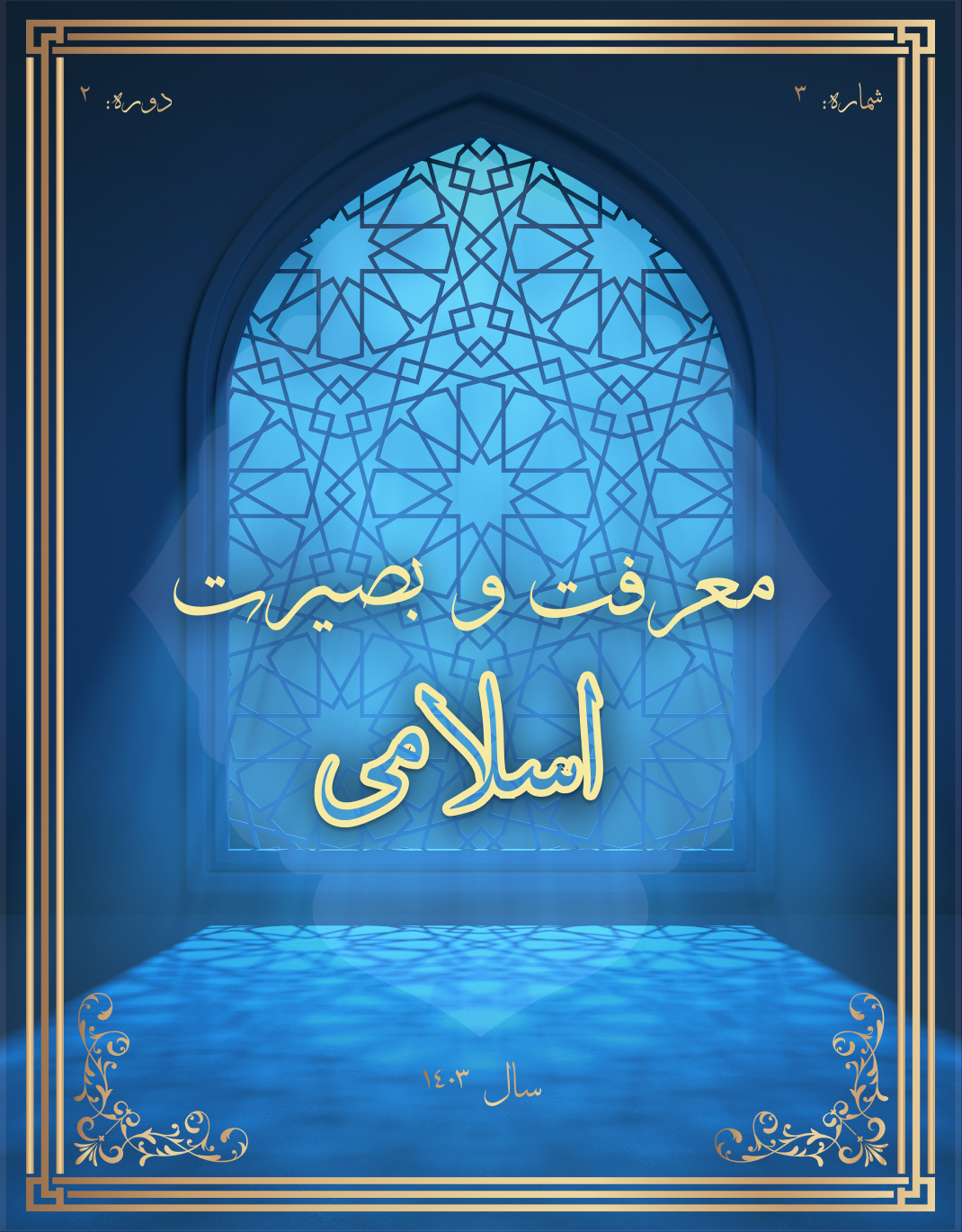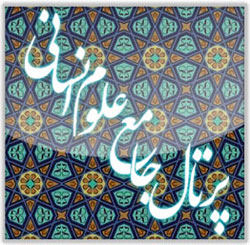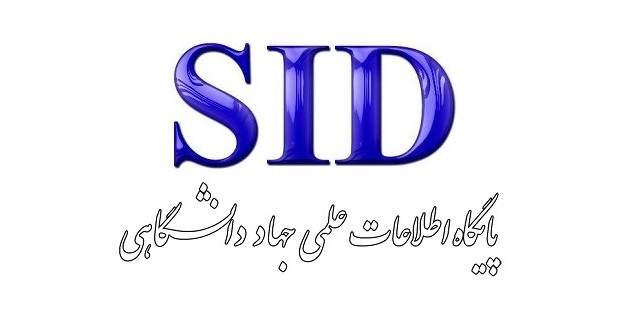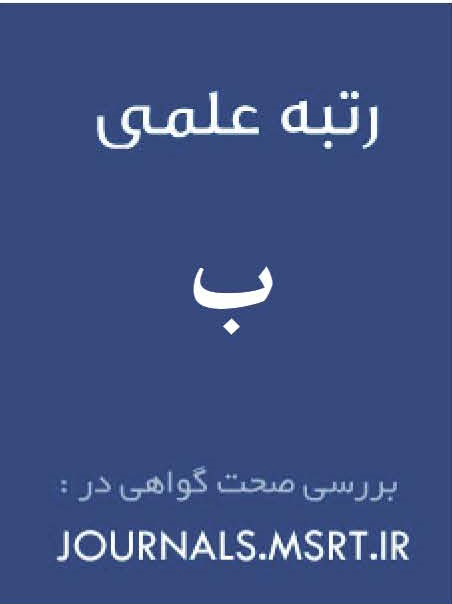نقد و بررسی تفسیر مفسران در باره هفتآسمان در قرآن
کلمات کلیدی:
قرآن, هفتآسمان, هیئت قدیم, هیئت جدید, تفسیر, نقدچکیده
این مقاله باهدف نقادی تفسیر مفسران از حقیقت هفتآسمان در قرآن انجامشده است و روش آن ازنظر هدف نظری ولی ازنظر نحوه گردآوری دادهها کتابخانهای است. در این تحقیق ضمن اشاره به آیاتی که در باره هفتآسمان در قرآن وجود دارد و نیز تبیین و تحلیل تفسیر مفسران و نقد و ارزیابی دیدگاه آنان به این نتایج رسیده است که نخست اختلافنظر مفسران در تفسیر هفتآسمان از اختلاف نوع بهرهگیری آنان از دادههای روش است؛ برخی دادههای روش تجربی و برخی روش عقلی - شهودی را بکار بستهاند و هر یک هفتآسمان را بهگونهای دیگر تفسیر کردهاند دوم تنها راه شناخت هفتآسمان روش تجربی است و ازاینروی باید تفسیر درست هفتآسمان را از علم تجربی و فناوریهای نوین سراغ گرفت و با گسترش و دقت ابزارهای این علم پردهای از پردههای هفتآسمان کنار میرود و حقیقت آن آشکار میشود و ازاینروی یا مفسر باید خود در علم نجوم دستی بر آتش داشته باشد یا منتظر نتایج تحقیقات آن علم بماند.
دانلودها
مراجع
al-Balaghi, S. M. (1965). Guidance to the Religion of the Chosen One (Vol. 2). Beirut: Mu'assasat al-A'lami lil Matbu'at.
Bahai, L., & Ashtiani, S. J. (1993). The Luminous Treatise on the World of the Example. Tehran: Sazman-e Tablighat-e Eslami (Islamic Propaganda Organization).
Bucaille, M., & Dabir, Z. (1985). A Comparison Between the Torah, the Gospel, the Quran, and Science. Daftar-e Nashr-e Farhang-e Eslami (Islamic Culture Publishing Office).
Fakhr Razi, M. b. U. (1992). The Great Commentary (Keys to the Unseen). Tehran: Asatir Publications.
Hawking, S. W., & Thomas, H. (2018). A Smooth Exit from Eternal Inflation. Journal of High Energy Physics(4). https://doi.org/10.1007/JHEP04(2018)147
Ibn Kathir, I. b. A. (1979). Interpretation of the Great Quran (Vol. 1). Beirut: Dar al-Kutub al-Ilmiyya, Manshurat Muhammad Ali Baydoun.
Ibn Sina, H. b. A. (1980). Treatise on the Reality and Quality of the Chain of Existents and the Succession of Causes and Effects. Tehran: Anjoman-e Asar-e Melli (National Heritage Society).
Majlisi, M. B. (1992). Bihar al-Anwar. Beirut: Dar Ihya al-Turath al-Arabi.
Makarem Shirazi, N. (1992). The Message of the Quran (Vol. 8). Tehran: Dar al-Kotob al-Islamiyeh.
Mesbah Yazdi, M. T. (2012). Quranic Knowledge. Qom: Entesharat-e Dar Rah-e Hagh.
Mulla Sadra, M. b. I. S. (2001). The Transcendent Wisdom in the Four Intellectual Journeys (Vol. 6). Tehran: Bonyad-e Hekmat-e Eslami-ye Sadra (Sadra Islamic Wisdom Foundation).
Nafisi, K. (2010). The Fourth Dimension in the Quran. Motale'at-e Eslami (Islamic Studies)(51).
Qasimi, M. J. b. M. S. b. Q. (1999). Beauties of Interpretation. Beirut: Dar al-Kutub al-Ilmiyya.
Sabzevari, M. H. (1990). Commentary on the Poem. Qom: Entesharat-e Dar al-Elm.
Shahrestani, H., & Khosroshahi, S. H. (2004). Islam and Astronomy. Tehran: Nashr-e Vafa.
Tabataba'i, S. M. H. (1995). Al-Mizan fi Tafsir al-Quran. Qom: Daftar-e Entesharat-e Eslami (Islamic Publications Office), Modarresin-e Howzeh-ye Elmiyeh-ye Qom (Teachers of the Qom Seminary).
Tantawi, B. J. (1983). al-Jawahir fi Tafsir al-Quran al-Karim (Vol. 2). Beirut.








